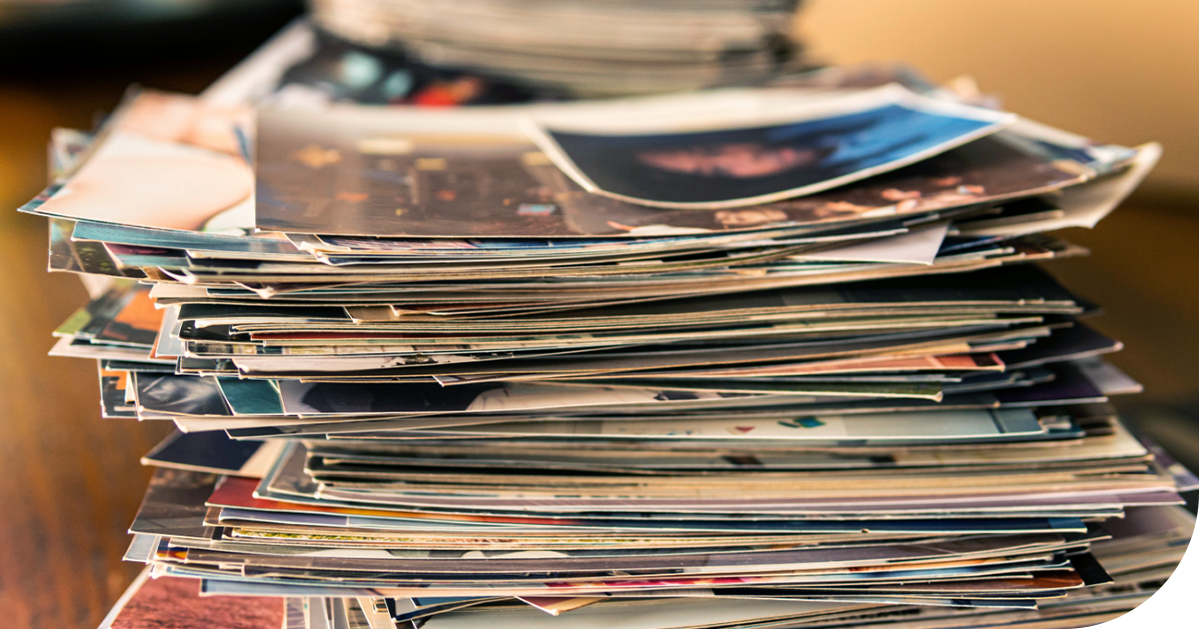It can be nerve-wracking when you inherit a large collection of family photographs without the tools to preserve them for the future. Let us help you figure out how to assess and store your photographs in a way that works with your needs and expectations.
Video Resource
How to Preserve Photos
Assessing your collection before looking for storage options can help make sure you pick the best options for your photographs. Knowing what you have can help you find what you need. Even if you need to speak with our Customer Service Team - completing these six steps will help us help you more efficiently.
- Create an inventory list. You'll want to list out formats, sizes, quantities and condition. This will help you choose the best storage option for your specific collection.
- Separate damaged or fragile photos. You may want to store these a different way or even have a conservator take a look at them later.
- Don't attempt "first aid." Tapes and other adhesives can turn yellow and brittle causing additional damage.
- Assess the value of your photographs. This will help you in setting priorities and budget.
- Are the photographs unique?
- Do negatives exist to make duplicates?
- Are the prints valuable as works of art or historical documentation?
- Determine your resources. Being honest about what you have to work with as far as budget and storage space can help you find the best storage option that best fits your specific needs. Many family archivists just don't have the funds to do all the things they want to. Even museums have a budget.
- Make copies of unique or important images. High-resolution scans will allow you to print and share your photos while keeping the original safely stored away. Frame copies to decorate your home.
- Anticipate the frequency at which the photos will be handled. Are these photographs that you and others will want to view on a somewhat frequent basis? Or maybe you are looking to just store the images safely without any intention of viewing them frequently?
- Determine the time you have available to invest. Be honest. Are you short on time and just need to get the photos out of that disintegrating shoebox they've been in for 75 years? Or are you planning on thoroughly organizing and storing your collection?
While organizing, you may find other objects included with the photos such as buttons, pamphlets, newspaper clippings, or even locks of hair. Include them in your inventory, but store them separately.
Ready for the next steps? Check out Choosing the Right Photo Storage.

